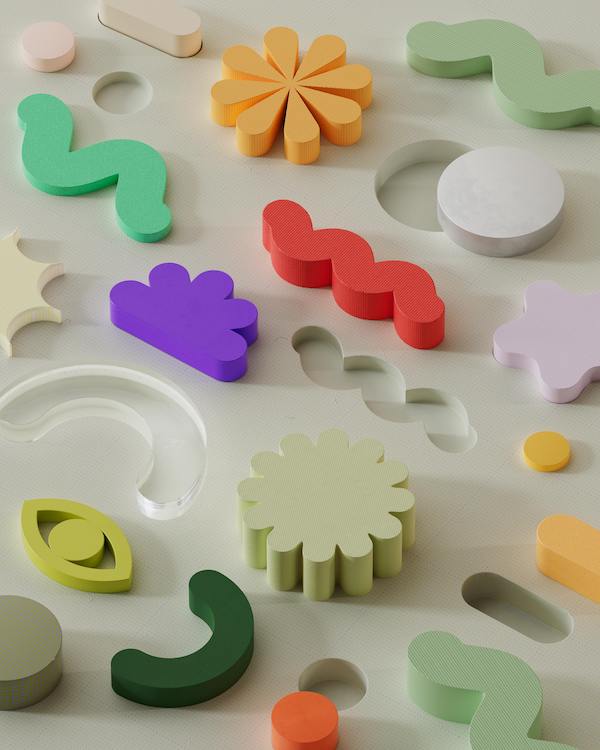Is Your Product or Service the Right Fit?
Learn how product and service fit videos help businesses attract the right audience by clearly stating who their offering is—and isn’t—for.
By Thaher Majeed | 2025-01-13

Is Your Product or Service the Right Fit?
Why Saying "It's Not for Everyone" Attracts the Right Buyers
Why Fit Videos Matter
Most website traffic for businesses flows to one place: the product or service pages. These pages should tell visitors what you offer and why it’s great. But that’s where most businesses stop—and it’s a huge mistake. The most effective companies don’t just highlight the benefits of their product or service; they also make it clear who it’s not for.
Why does this matter? Because the moment you’re willing to say, “This isn’t for everyone,” you become much more appealing to the people it is for. This honesty sets the stage for what’s called a "fit video." These videos answer two critical questions:
- Who is this product or service a good fit for?
- Who is it not for?
This transparent approach helps buyers decide quickly if what you’re offering aligns with their needs. And by excluding the wrong audience, you make the right audience feel more confident and understood.
FAQs About Fit Videos
1. Where Else Can Fit Videos Be Used?
Fit videos aren’t just for your website. Sales teams love them because they’re easy to share throughout the sales process. Whether it’s an initial conversation or a follow-up, these videos help set expectations and guide prospects toward a decision.
2. How Long Should a Fit Video Be?
Unlike a general FAQ video that answers multiple questions, a fit video focuses on just two: who it’s for and who it’s not for. That means it’s usually short—under five minutes. The exact length depends on how complex your product or service is, but brevity is key.
3. What’s the Biggest Mistake Companies Make?
The most common problem with fit videos isn’t about content—it’s about tone. If your message feels condescending or defensive, it won’t land well. Instead, aim for a conversational, helpful tone.
Here’s an example: Imagine you’re explaining whether a fiberglass swimming pool is a good fit.
Good tone:
“You might be wondering, is a fiberglass pool right for me? Great question. It’s an important decision because once it’s installed, you’re committed. Fiberglass pools come with pros and cons. For instance, the shells are pre-made, so you can’t customize size or shape beyond the available models. And they’re limited to 16 feet in width and 40 feet in length. These restrictions might not work for everyone, but if you’re okay with them, fiberglass could be a great choice.”
Contrast that with a defensive or overly salesy tone, which might make potential buyers feel dismissed or pressured.
Why Fit Videos Work
By openly acknowledging limitations, you create trust. Buyers appreciate honesty, and that’s what makes these videos so effective. They’re not about persuading everyone—they’re about attracting the right people.


